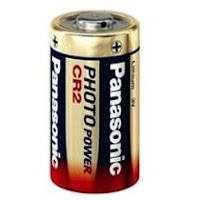| Ilford Sprite (1962) |
#102
Esta fotografia é do exemplar que possuoCaracterísticas
The Ilford Sprite was a basic 127 film camera, introduced by Ilford in 1962. It was made by Agilux, as a rebadged Colt 44. The body is two plastic mouldings held together by sliding metal catches at either end.
Fonte: camerapedia
The Ilford Sprite was released in 1962 to promote Ilford's film range, much as Kodak sold their Brownie range. It's stylings are reminicent of many of the Brownie cameras from the late 50's early 60's - particularly the Brownie Holiday, and it supportes two apertures, labeled "colour"(note UK spelling!) and "b&w". Inside we find the label "Always use no 127 Ilford films. Ilfocolor [USA spelling now!] for colour [UK! make up their minds] prints, Selochrome Pan for black and white prints".
Like most of Ilfords camera offerings, the sprite is simply a rebadged version of something else - in this case the Agilux Colt 44.
The sprite uses the 4x4 12/roll format, and came in a rather nasty plastic ever-ready case.
Fonte: onetwoseven.org.uk
Especificações
The Sprite 127 is of very simple grey plastic construction, with a single snapshot shutter speed and a single element plastic meniscus lens with 2 apertures, adjustable via a sliding lever below the lens. The apertures are probably around f16 (for faster speed monochrome film) and f11 (for slower colour film). The sliding lever is correspondingly marked 'Colour' & 'B & W'. The camera provided 12 square negatives 4x4cm on 127 roll film. The film is wound on manually, using the top mounted knob, and centred to each new picture area by aligning the appropriate number in the rear red window. It sold for £1.3s.6d (£1 .18p) (price extracted from Andy Holliman's information).
The longitudinal film path is curved, as can be seen in the right hand picture above. This both provides a pleasantly curved shape to the camera body while also providing a means of 'correcting' curvature of field from the simple lens, in one dimension at least.
Fonte: photomemorabilia.co.uk
Sítios de referência
camerapedia
onetwoseven.org.uk
photomemorabilia.co.uk
Manual
Manual em inglês
Filme
Fotografias tiradas com esta máquina
Vídeos




















